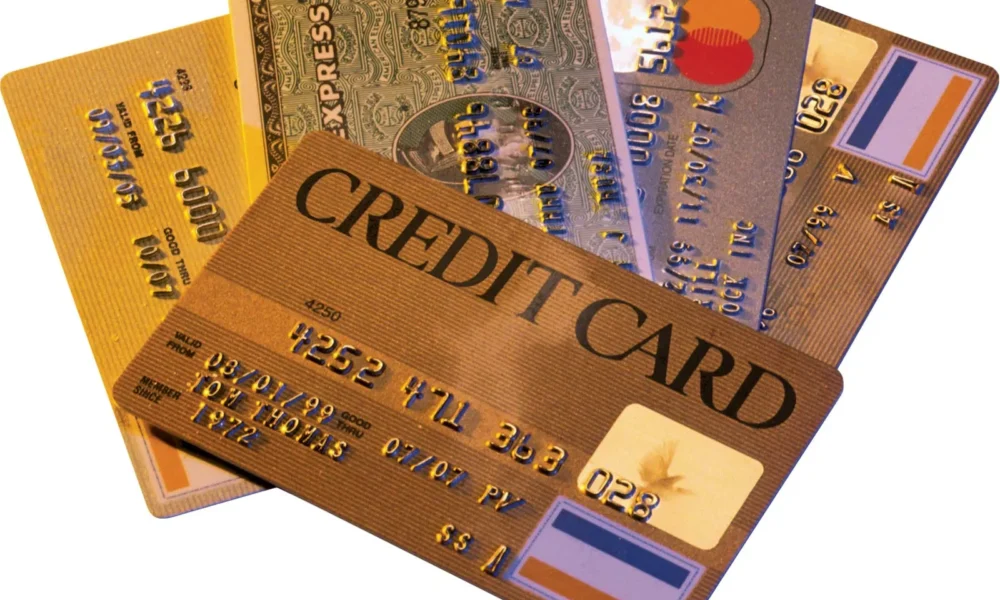Trusted ways to easily obtain Credit Cards in UK (Must Read)
In the modern financial landscape, credit cards can be both a lifeline and a liability. For those grappling with debt, the notion of obtaining a credit card to offset financial burdens may sound counterintuitive. Yet, when used strategically, credit cards can provide breathing room and even help you consolidate or manage your debts more effectively. However, the key lies in understanding how to use this financial tool responsibly to ensure it alleviates your debt rather than exacerbates it.
This article will explore how to obtain and use credit cards to offset debts, the potential benefits and risks, and the steps you can take to make credit cards work in your favor.
The Role of Credit Cards in Debt Management
Credit cards are often associated with high-interest rates and financial pitfalls. However, they can also serve as tools for managing and consolidating debt. Here are a few ways credit cards can help offset your financial obligations:
- Balance Transfers: Many credit cards offer introductory 0% APR balance transfer deals. These allow you to move high-interest debt from another card or loan to the new card, giving you a window to pay down the balance without incurring additional interest.
- Cash Flow Management: If you’re temporarily short on cash, using a credit card for daily expenses can free up funds to pay off pressing debts, as long as you plan to pay off the credit card balance before interest kicks in.
- Debt Consolidation: Some credit cards allow for larger credit limits that can be used to pay off smaller, high-interest debts. Consolidating debt onto one card simplifies payments and may reduce your overall interest burden.
Steps to Obtain a Credit Card for Debt Management
Obtaining a credit card is relatively straightforward, but if you intend to use it for debt management, there are specific considerations to keep in mind. Here are the steps:
a. Evaluate Your Creditworthiness: Your credit score plays a crucial role in determining the type of credit card you qualify for. Before applying, check your credit score through free services or credit monitoring platforms like Credit Karma or ClearScore. These tools not only provide your credit score but also offer personalized recommendations for credit cards you are likely to qualify for, including those with favorable terms for balance transfers or low interest rates.
b. Research the Right Card: Not all credit cards are created equal. Look for cards that cater specifically to debt management, such as those with:
- 0% APR balance transfer offers
- Low interest rates
- No annual fees
- Rewards or cashback that align with your spending habits
Using platforms like Credit Karma and ClearScore can help you compare options side by side, ensuring you choose a card that best suits your financial needs.
c. Compare Balance Transfer Fees: While a 0% APR offer might sound enticing, many cards charge a balance transfer fee, typically 3% to 5% of the transferred amount. Calculate whether the potential savings in interest outweigh the transfer fees.
d. Submit Your Application: Once you’ve chosen the right card, gather the necessary documentation—proof of income, identification, and financial history—and submit your application. Most credit card issuers allow you to apply online, and approvals can often be instant.
e. Activate and Use Strategically: Upon approval, activate your card and use it according to your debt management plan. Remember, the goal is to reduce financial stress, not to create new debts.

